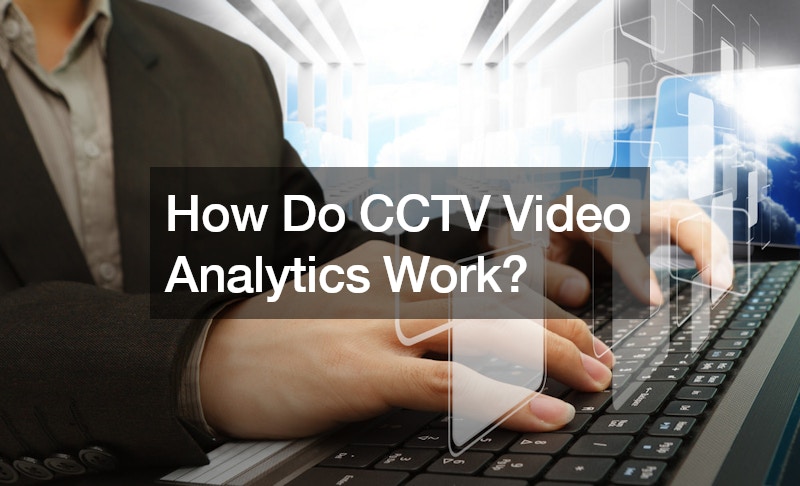CCTV video analytics has many applications and has increased use. While they seem like magic, the typical CCTV video analytics tool relies on classical computer vision, other rules-based techniques, and some AI or deep learning processes. Most CCTV video analytics rely on three fundamental functions: detection, tracking, and reasoning.
Detection involves identifying objects in an image, classifying them as humans, dogs, or bicycles, and determining their location in the image. In a simple application, detection can tell you the number of people or bicycles within an image.
The detection process occurs within one frame or image, but with CCTV, you have a video made from a series of images. The tracking function helps with video because we often want to follow specific objects as they move through time in the video. Tracking allows the tool to follow an object from the point it enters the scene, how it moves, and where it goes until it leaves the scene.
The third function is reasoning, which is a rules-based process. Reasoning may be as simple as counting the number of people in the scene at a particular time or counting the number of people who moved across specific lines in the scene. Of course, this functionality gets applied based on the information the tool needs to track.

